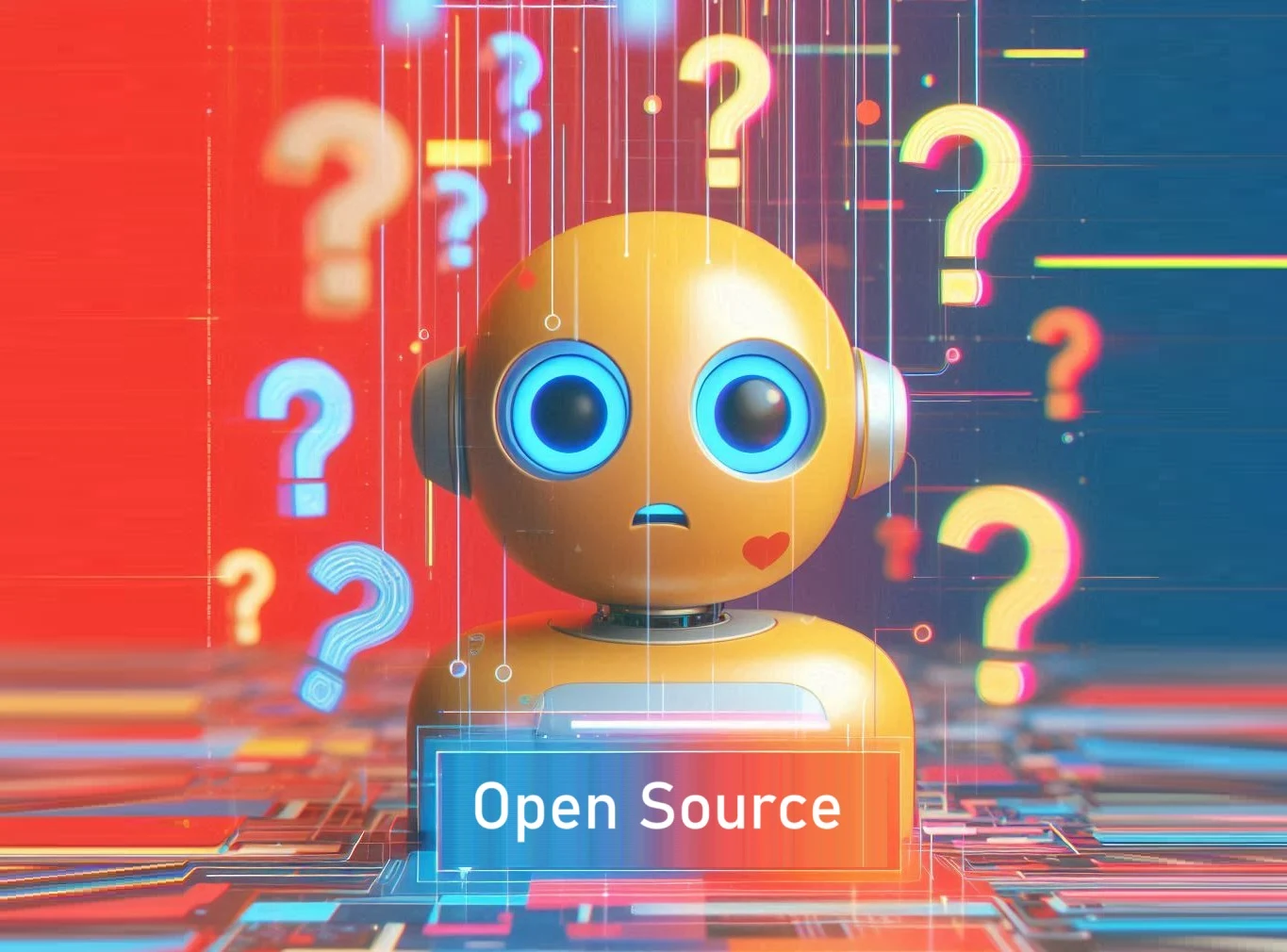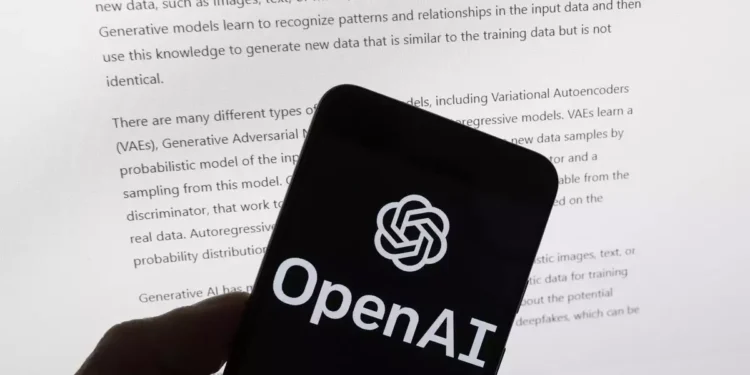In a significant stride toward more accessible artificial intelligence technologies, the Allen Institute for AI (Ai2) has unveiled a groundbreaking new AI model that is set to revolutionize how developers, researchers, and startups harness AI capabilities. Dubbed Molmo, this Open Language Multimodal Model integrates visual processing and conversational abilities, paving the way for AI agents to execute tasks ranging from web browsing to document drafting directly on your device.

A New Era of AI Utility
Developed by a team led by Ali Farhadi, CEO of Ai2 and a computer scientist at the University of Washington, Molmo stands out with its ability to interpret images and interact through chat interfaces. This dual capability allows it to understand and respond to visual data, essentially enabling it to perceive a computer screen and assist with navigating files, browsing the internet, and even composing documents.
“With this release, many more people can deploy a multimodal model,” Farhadi commented, emphasizing the potential for Molmo to act as a catalyst for next-generation applications. This release is particularly significant as it marks a shift towards more dynamic and versatile AI agents that can operate beyond simple conversational tasks and perform sophisticated actions based on user commands.

The Rise of AI Agents
The concept of AI agents is rapidly gaining momentum within the tech industry, with major players like OpenAI, Google, and Meta exploring this frontier. These agents, equipped with the capability to perform complex tasks reliably, represent a fundamental advancement in AI’s operational utility. While powerful AI models with visual capabilities, such as OpenAI’s GPT-4, Google DeepMind’s Gemini, and Anthropic’s Claude have been in play, they often remain inaccessible to the wider public, gated behind paid APIs.
In contrast, Molmo’s open-source nature democratizes access to cutting-edge technology, allowing a broader range of developers to customize and enhance AI agents for specific tasks like spreadsheet management or complex data analysis. Ofir Press, a postdoctoral researcher at Princeton University, noted, “Having an open source, multimodal model means that any startup or researcher that has an idea can try to do it.” This accessibility is expected to accelerate innovation and application development across various sectors.

A Small but Mighty Model
Molmo is being released in several versions, with the smallest model boasting 1 billion parameters, optimized for mobile devices, making it highly portable and efficient. Despite its size, this model competes with far larger models, thanks to the high-quality training data and optimized algorithms used in its development. Farhadi explains, “The billion-parameter model is now performing in the level of or in the league of models that are at least 10 times bigger.” The institute is also releasing the training data for Molmo, offering researchers deeper insights into the model’s inner workings and fostering a transparent approach to AI development. This move is in stark contrast to approaches like those taken by Meta with their Llama models, which, while powerful, come with commercial usage restrictions.

Looking to the Future
While the release of Molmo is a leap forward, the journey toward fully reliable multimodal AI agents is far from complete. Future advancements may need to focus on enhancing AI’s reasoning capabilities, a challenge that companies like OpenAI are already tackling with models designed for step-by-step logical reasoning. For now, the introduction of Molmo brings us closer to the realization of AI agents that are not only theoretically powerful but are also practically applicable in everyday tasks, extending beyond the confines of large tech companies. With this development, the future of AI looks both promising and imminently useful.










